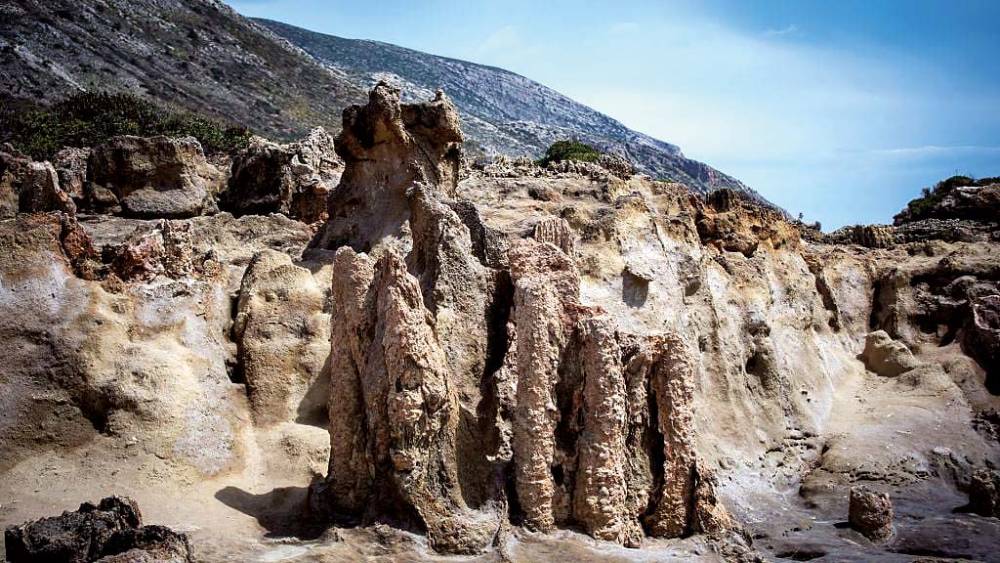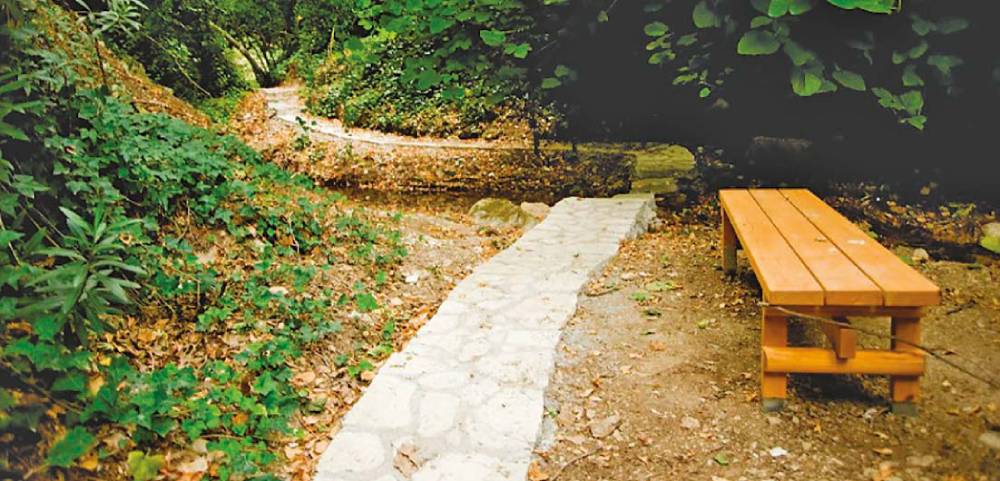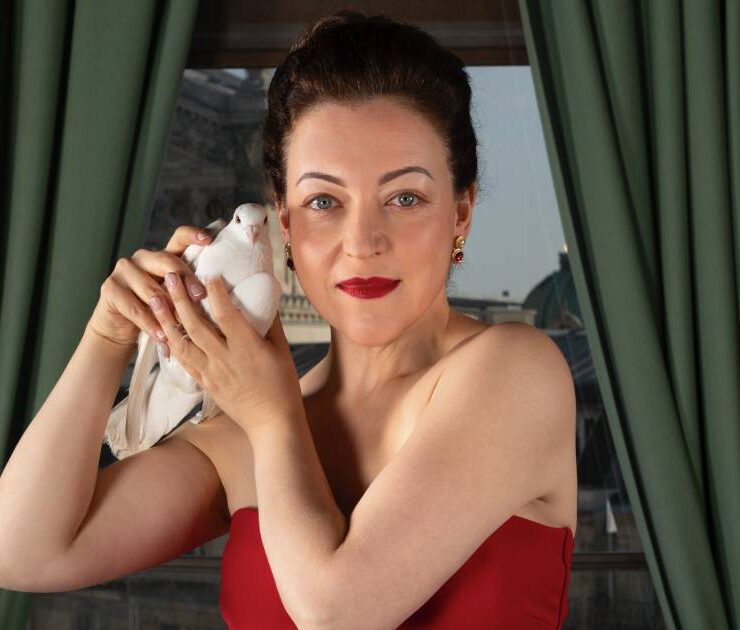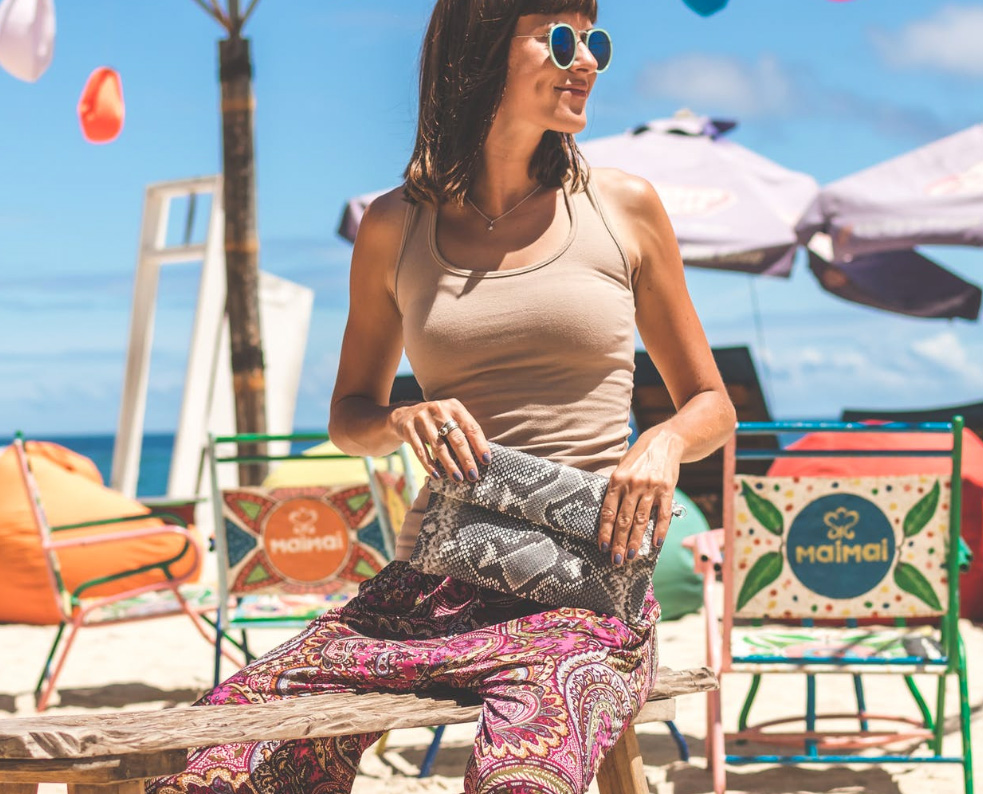Monemvasia: The Precious Gem of the Peloponnese
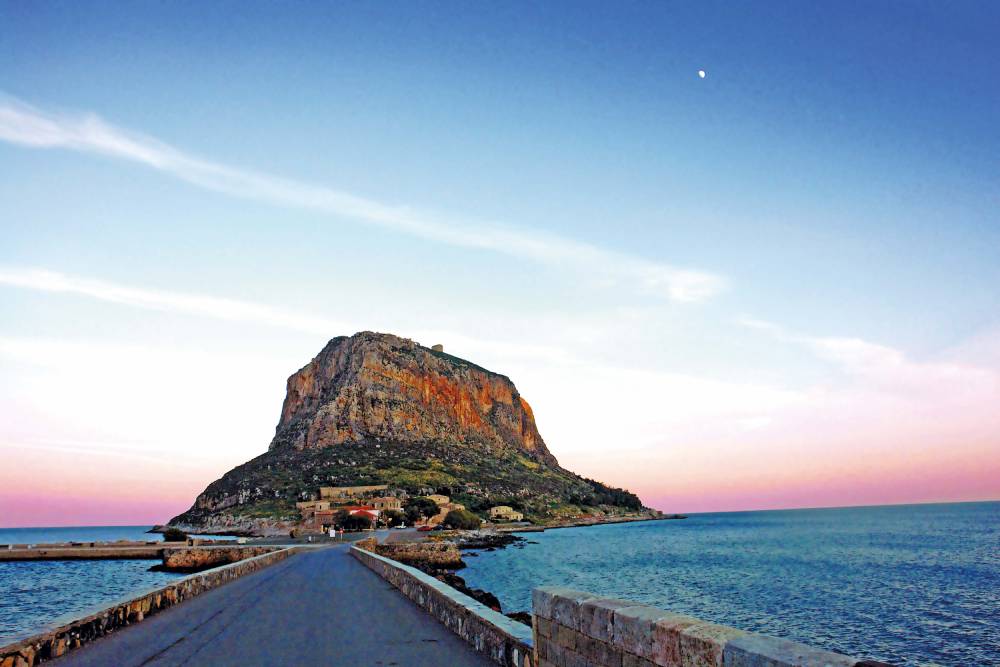
Our dreamy ancient stronghold, beloved by Byzantine emperors and enamored travelers from all over the world, welcomes us to explore its secret passageways, evocative cobblestone streets, historical memories, and the delicious flavors that carry the spirit of tradition…
Text – Photos: Ioanna Paravalou • Our gratitude to the Municipality of Monemvasia
They say that to know a place truly, you need sturdy feet to walk it and an open heart to feel it. This is precisely what Monemvasia requires. To immerse ourselves in its magical atmosphere, we must have a keen enthusiasm for endless walks through its picturesque alleys, to smell the wild mint and thyme on its time-worn, rocky cliffs, to discover its secret passages and hidden arches, and to gaze at its imposing mansions that proudly stand there from times long past…
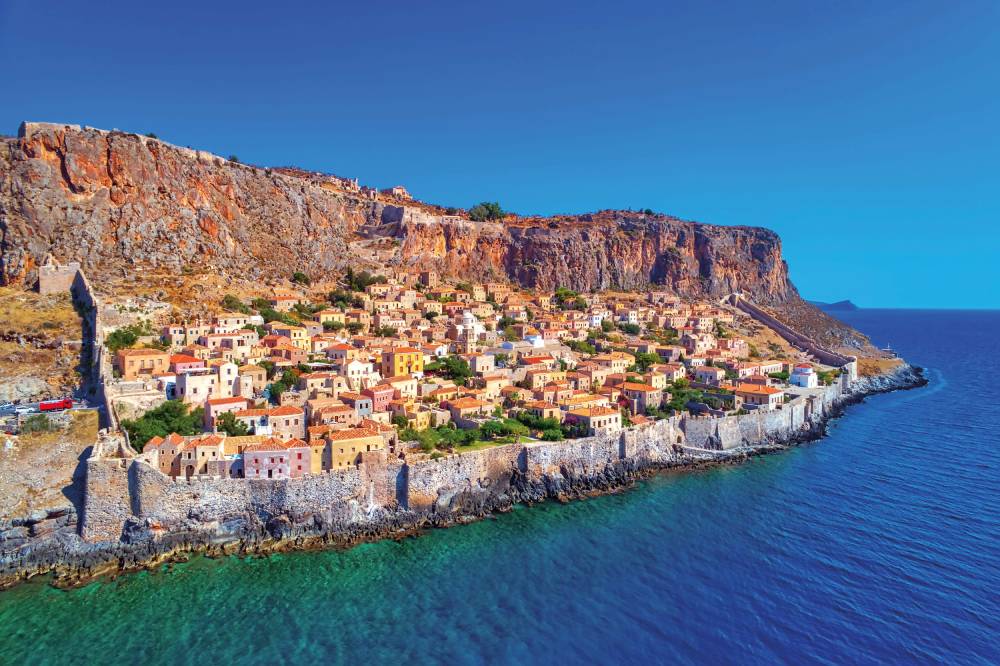
And then, let us allow our gaze to caress the terracotta roofs of its houses, letting it “travel” over the waves of the Myrtoan Sea. Let us savor our coffee with a sea view, try traditional flavors, and wake up refreshed after a romantic evening in a traditional, atmospheric guesthouse!
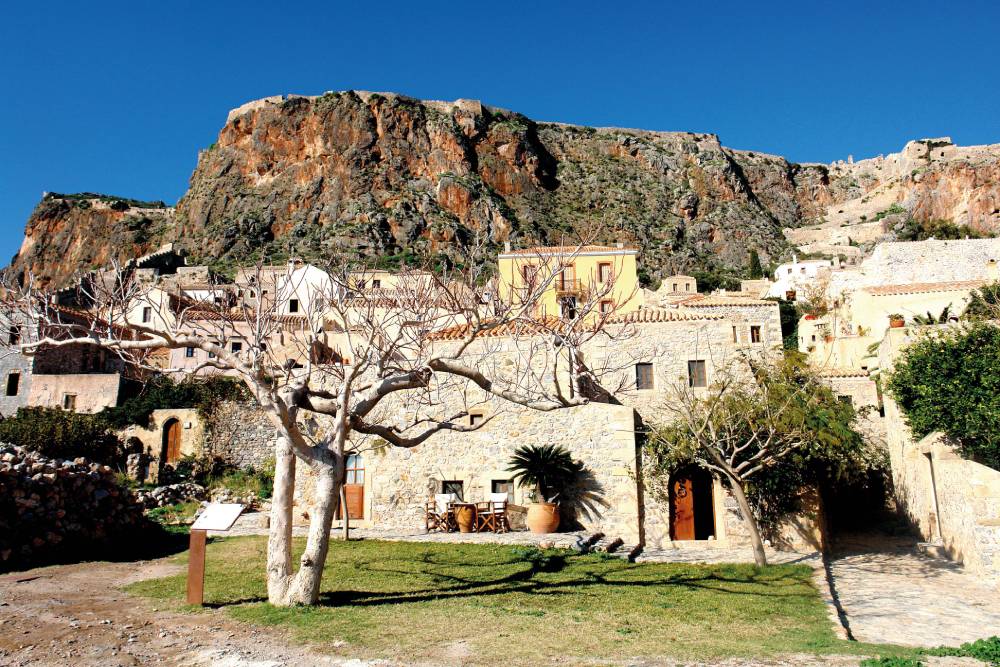
From distant years…
Its history is lost in the depths of the centuries. Perched on the majestic rock, between Cape Malia and Cape Geraka, Monemvasia gazes out at the Myrtoan Sea and rightfully boasts its refined aesthetics and romantic atmosphere. So, we pass through the “only entrance” (the only passage into the Castle was a narrow bridge with 14 arches, from which it derives its current name) and embark on a journey into the dream…
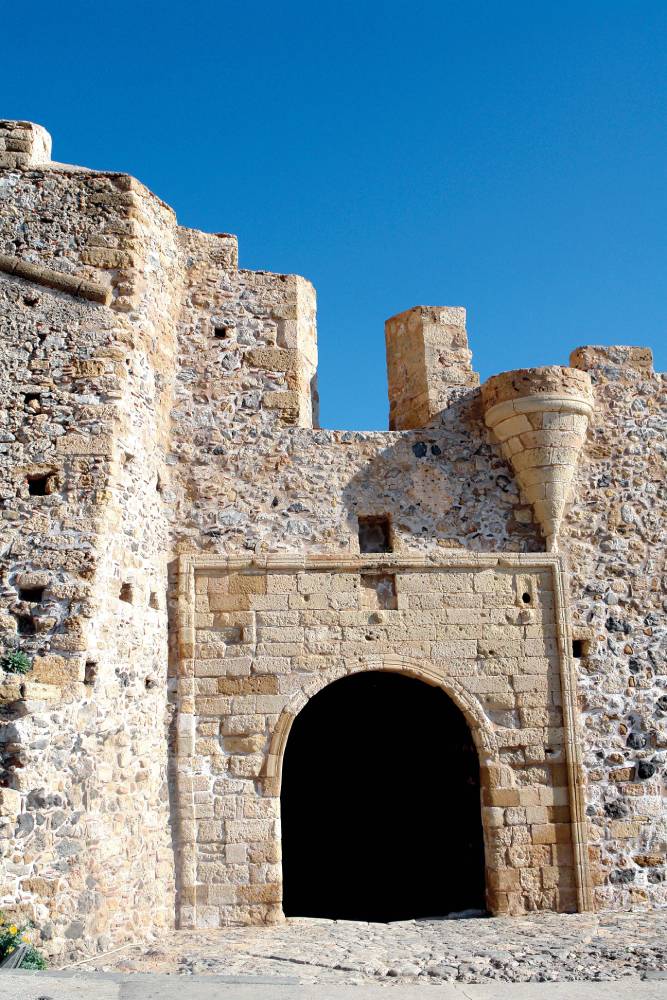
In distant years, it was called the “Flower,” but also “Menexe.” The Franks named it “Malvazia” because of its famous wine. The Turks called it “Menexe Kalesi” (Flower Castle) because, in spring, every rock crevice hosts a wildflower, and every patch of land is filled with untouched daisies. Every pathway is adorned with bougainvillea and ivy that bring color and life to the weathered walls of its mansions.
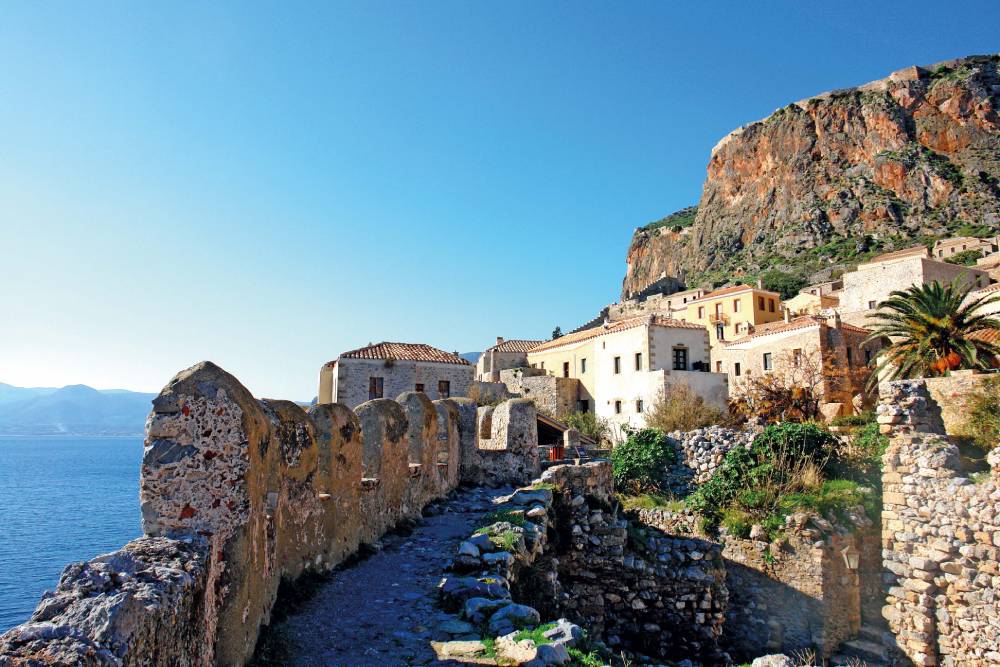
A Stroll Through the Picturesque Alleys…
Cars have no place in the Castle of Monemvasia, so we leave them in the parking area outside the main gate. (It’s advisable not to carry too many things because you’ll be carrying them…) The central road that begins immediately after the entrance is named “Giannis Ritsos,” in honor of the great poet who was born and raised here. A visit to his house is a must, and from its comfortable courtyard, you can enjoy a magnificent view!
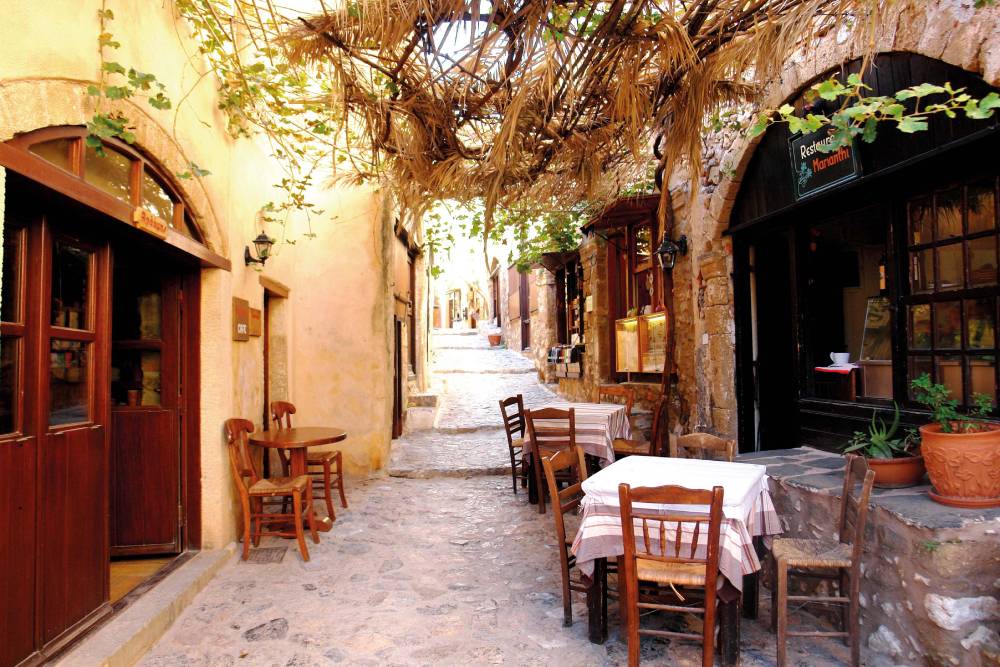
The interiors of the houses in the Castle are simple, with stone fireplaces in the bedrooms, low beds, and wooden floors. The windows are narrow and long to protect against the winds while imposing family crests adorn the front doors of the old mansions.
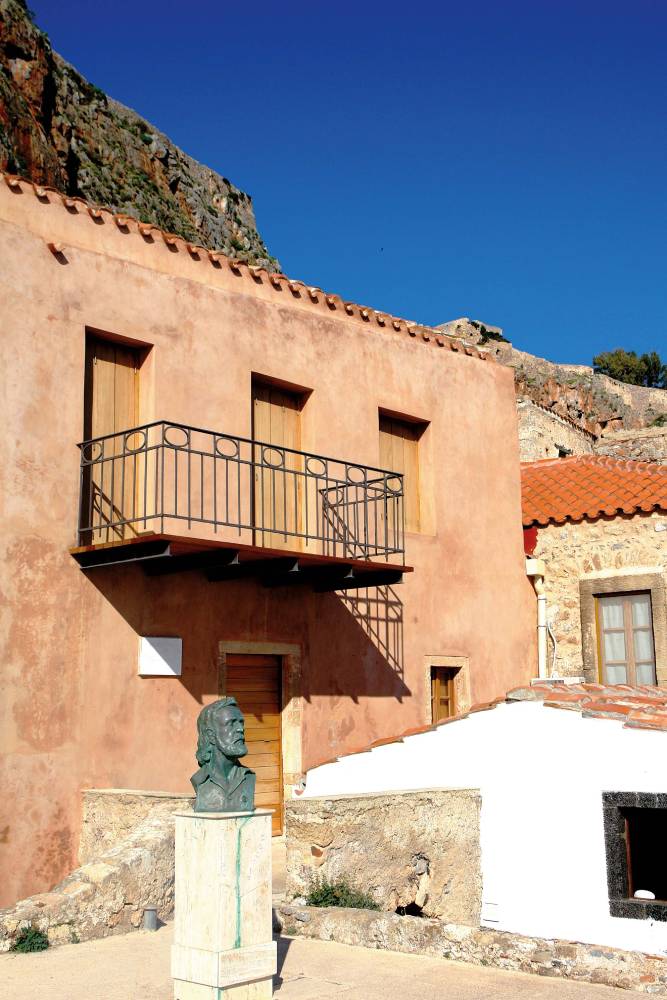
In the central alley, you’ll find charming cafes, taverns, bars, and shops with tourist items and traditional local products. Following the path will lead you to the central square, where the imposing Church of Elkomenos Christos stands tall (the most important church in the Lower Town) and the preserved 16th-century building that houses the Archaeological Collection of Monemvasia.
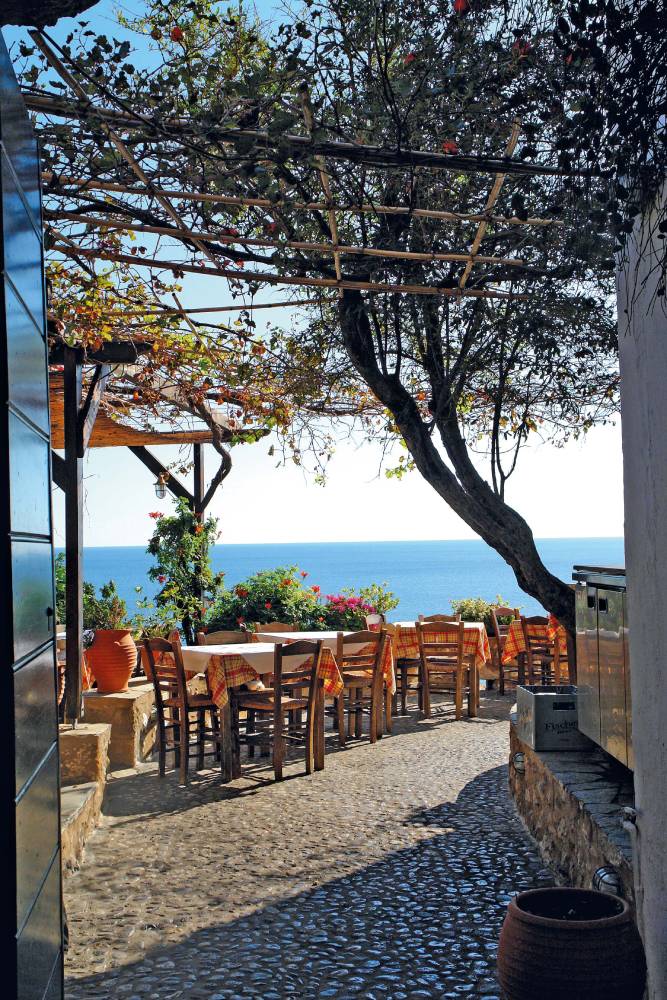
Certainly, it’s worth ascending the path that leads to the Upper Town to visit Agia Sophia, a miniature version of the homonymous church in Constantinople (13th century), which overlooks the boundless azure from a commanding position!
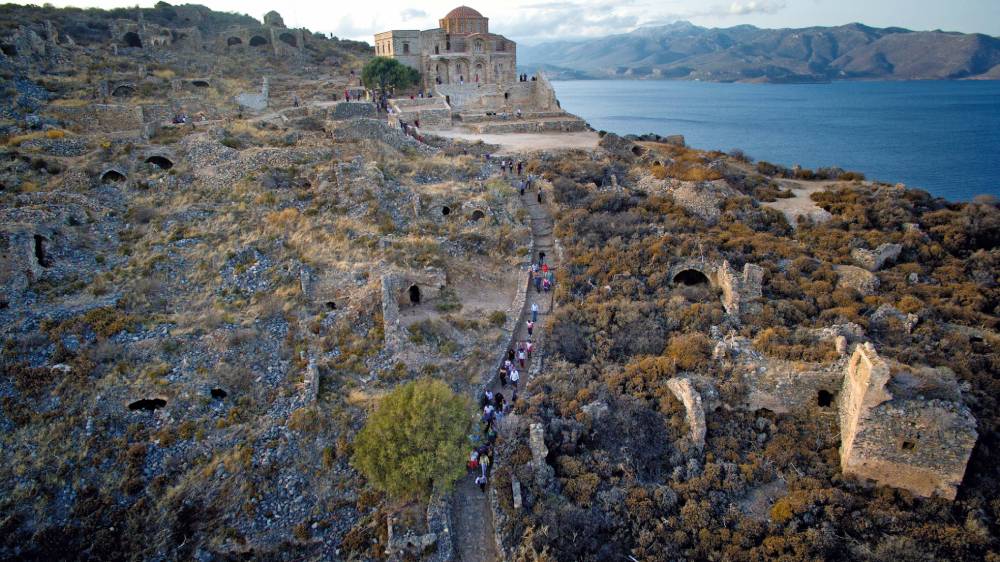
Escape to the Flavor…
Nice as romantic walks are, they tend to work up an appetite! So, it’s time to enjoy a rich meal at one of the picturesque taverns in the Castle of Monemvasia. Utilizing the local products from the region (olive oil, olives, fish, livestock, wine, cheeses, legumes, fruits, etc.) in combination with its intoxicating herbs, the gastronomic tradition of the area offers us delicious dishes.
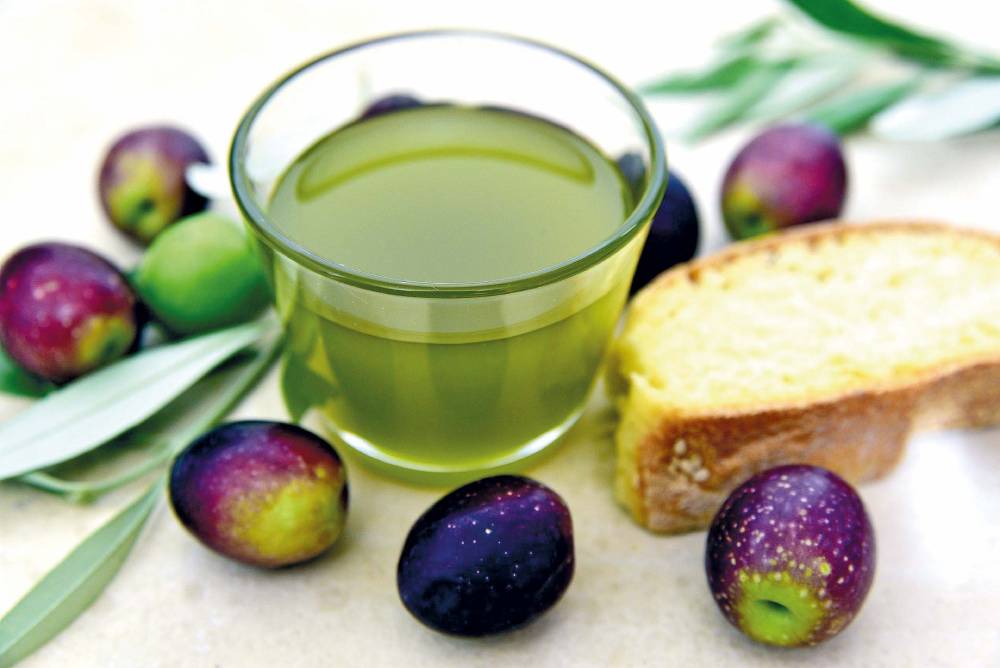
From seafood, we’ll taste red mullet, oven-baked stuffed fish, boiled or charcoal-grilled octopus, spiced crab, fish soup, and more.
From meat options, we can savor rooster cooked in wine with “hilopites” (homemade pasta), rabbit stew, “pitaroudes” (wild greens pies) and cheese pies, zucchini flowers with feta, “gogges” (homemade pasta) with butter, “soutzoukakia” (meatballs in tomato sauce with cumin and garlic) and egg-lemon sauce, as well as omelet with “sygklino” (smoked pork), “Bardouniotiko” chicken (with green crushed olives, onions, tomatoes, and kefalotyri cheese in the pot), and “Tsakonian” eggplants with tomato in the oven. From the abundant wild herbs in the area, fantastic wild greens pies and “saitia” (small herb pies) are made during this season.
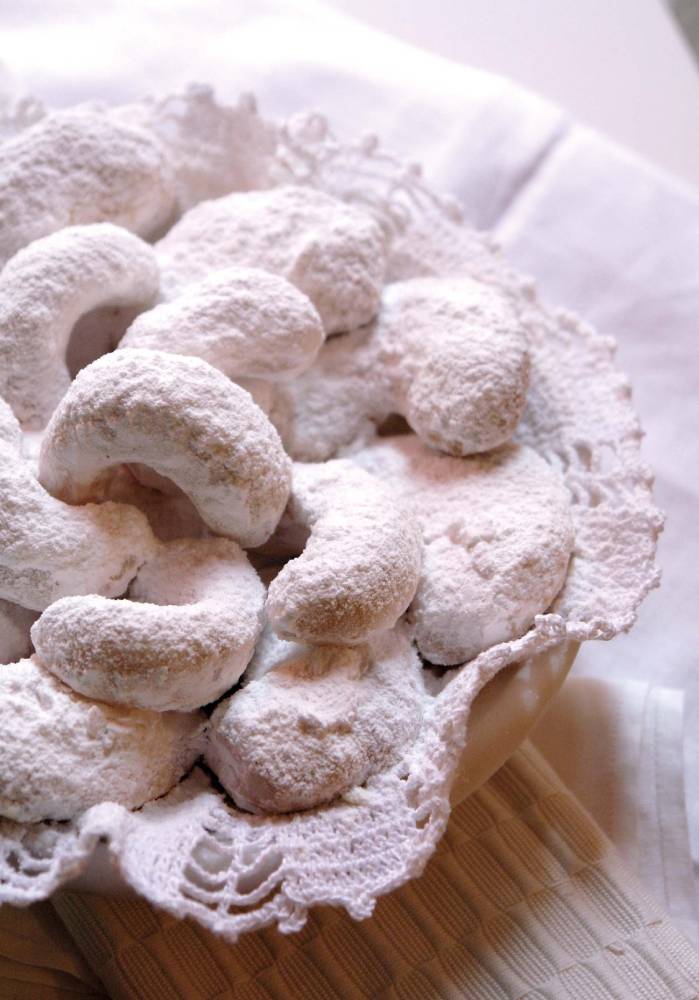
Whatever we choose for the main course, we will accompany it with local exquisite wines. After all, since medieval times, Monemvasia was famous for its wine, known as Malvasia, just like the town itself. As we learn from old manuscripts, it was an exceptionally sweet wine enjoyed in the royal courts of medieval Europe. For dessert, we’ll try traditional almond sweets of the Castle, “samousades” (with walnuts, almonds, and sesame wrapped in crispy dough), “rafiolia” or “skaltsounia”, flutes, “melitinia”, “diples”, “kourabiedes”, “galatopita” (milk pie), and homemade spoon sweets.
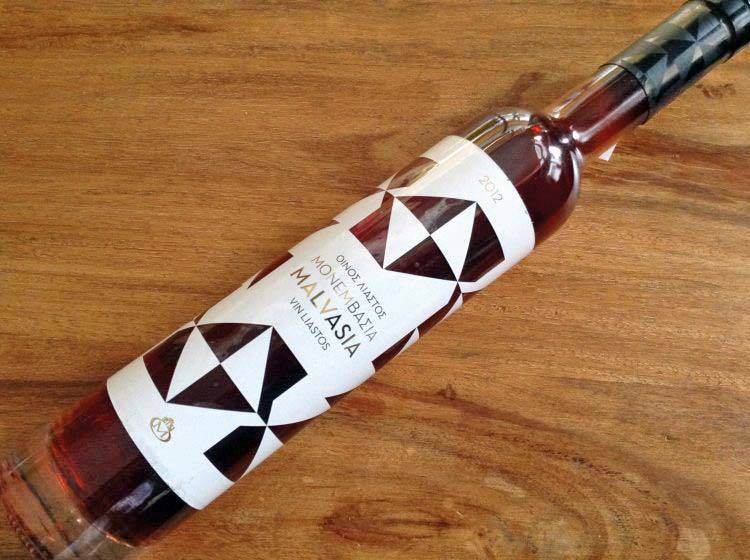
We’ll enjoy the afternoon with a well-prepared coffee or a drink with good music in one of the atmospheric coffee bars. But morning is, of course, the most potent hour in Monemvasia. To experience this, it’s worth rising early in the morning…
Easter with Reverence…
Easter in Monemvasia means solemn liturgical services throughout Holy Week. On Good Friday, a unique spectacle is the procession of the Epitaph on the cobblestone streets. Those present in the Castle follow the Epitaph with white candles, while hymns resonate against the rock of Monemvasia.
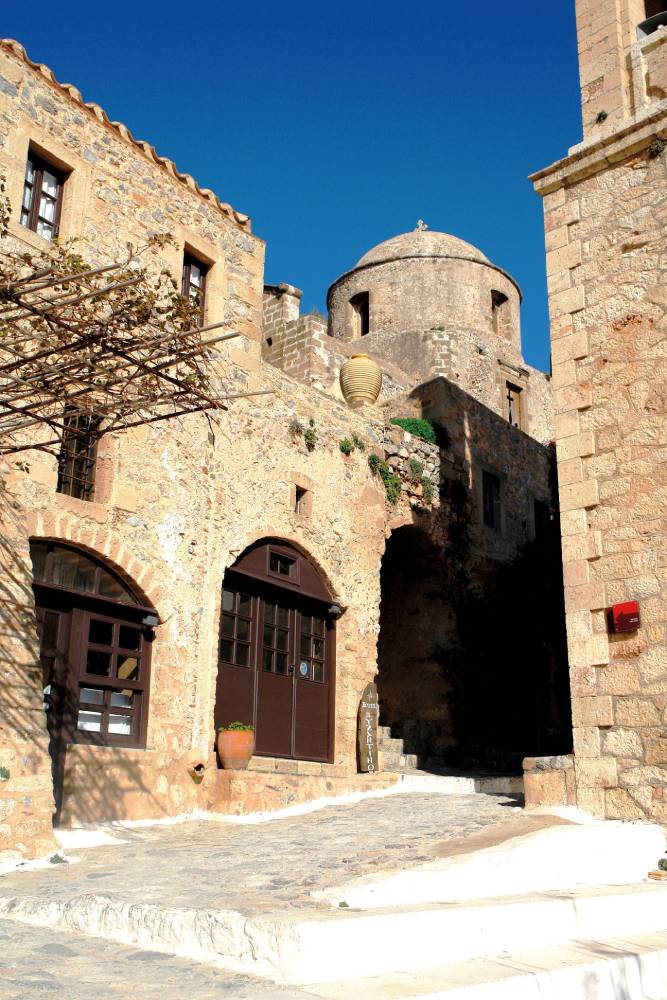
The Holy Light passes from hand to hand, and everyone waits to hear the “Christ is Risen” to exchange the “kiss of love.” Then, we head to one of the taverns in the Castle (booked days in advance) to enjoy the traditional “magiritsa” soup and local delicacies.
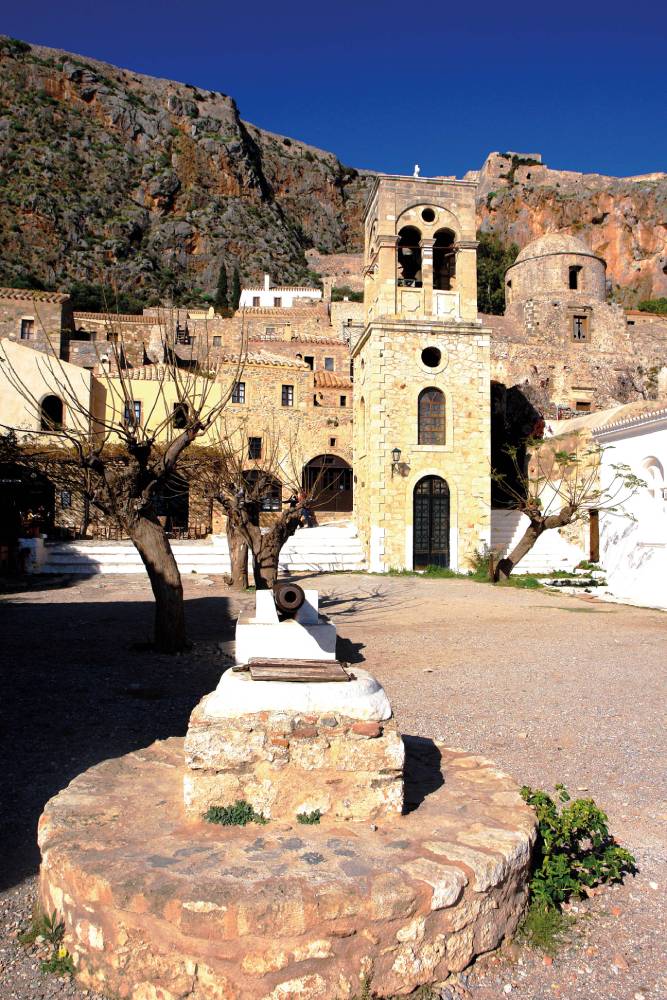
On Easter Sunday afternoon, the burning of Judas is revived in the largest square of the Castle, the square of Chrysafitissa, in the Southern Wall.
Easter in Monemvasia is an experience worth living!
Worth seeing
- The Church of Agia Sophia in the Upper Town.
- The house of Giannis Ritsos.
- The Church of Elkomenos Christos (14th century), the Metropolitan Church.
- Panagia of Myrtidiotissa (18th century).
- Panagia of Chrysafitissa (16th century).
- The temple of Agios Nikolaos (17th century).
- The Mosque in the central square.
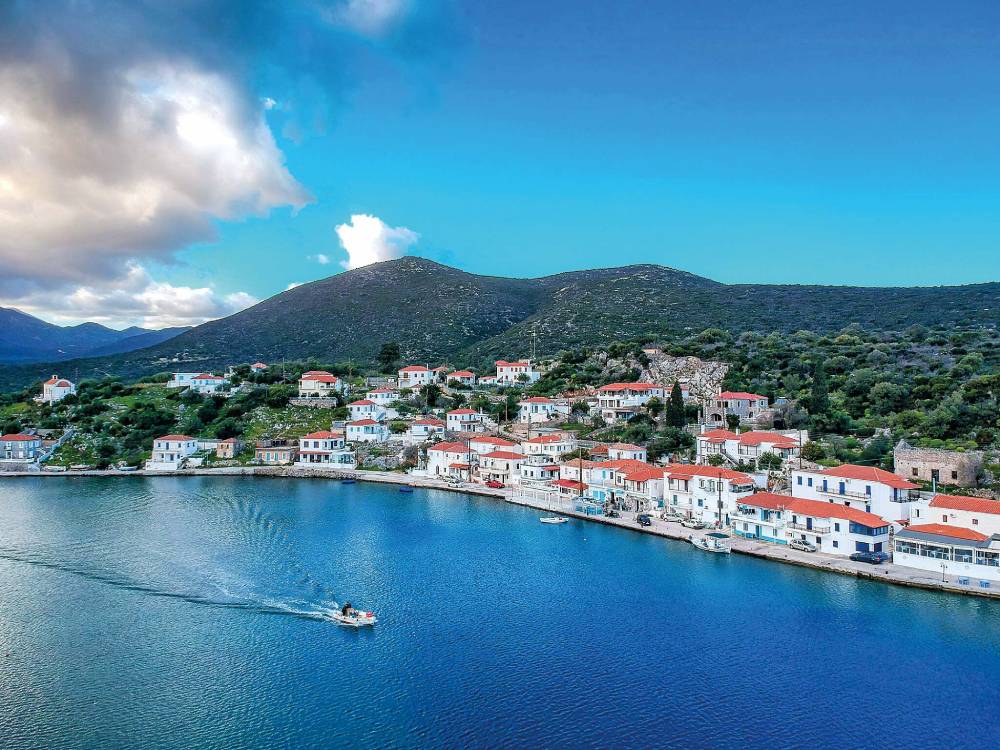
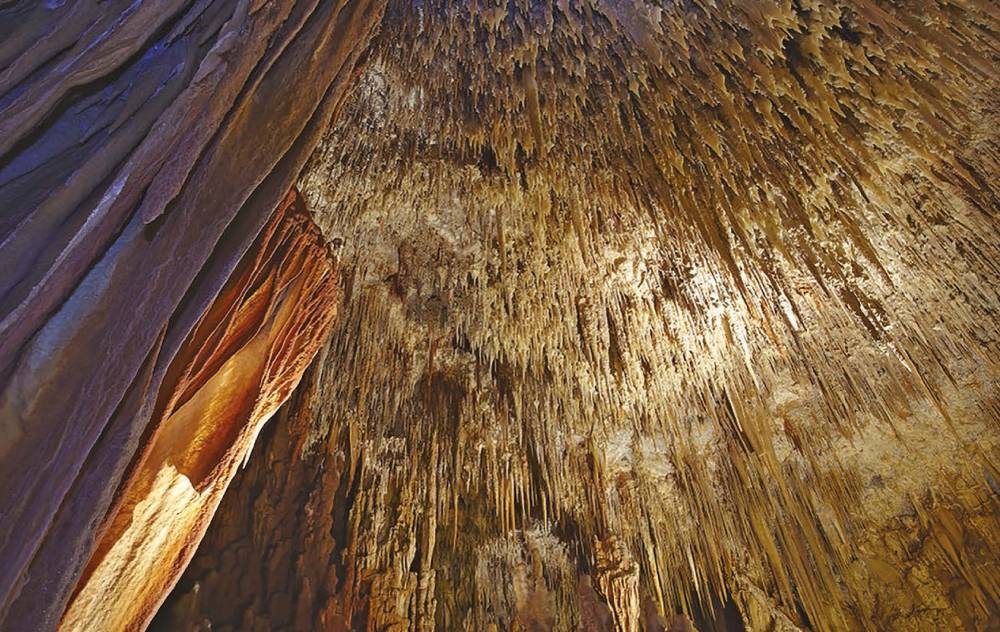
Excursions in the surrounding areas
- Visit the charming little port of Gerakas for fresh fish and seafood.
- Explore the beautiful Kyparissi with its three picturesque neighborhoods and the island-like atmosphere of its coastal settlement.
- A beautiful route will take us to the azure waters of the beaches of Neapolis, Manganos, Neratzionas, and Pounta. In Neapolis, we will stop to enjoy the famous picturesque ouzeri.
